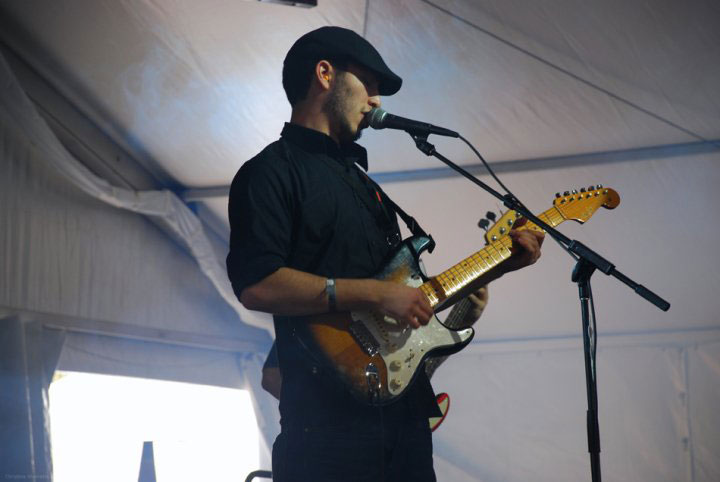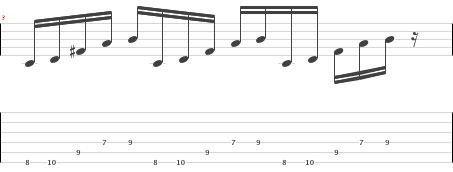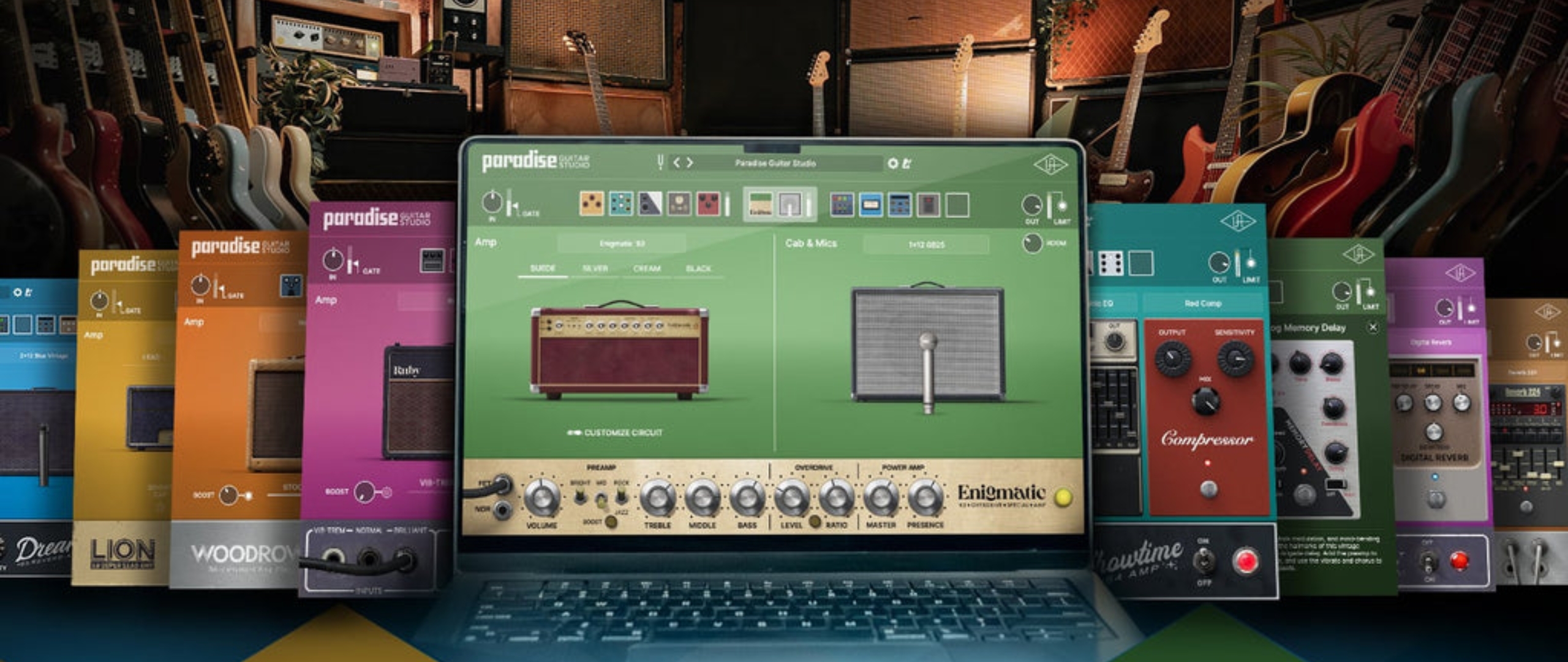Incorporating Groups of Five 16th Notes in Guitar Solos
Challenge yourself with this difficult 16th note exercise.

This week's lesson will be particularly tough.
Matching the finger pattern to notes makes sense: three-note patterns if you're playing triplets, four-note patterns if you're playing 16ths and three- or six-note patterns if you're playing sextuplets.
When you start mixing and matching, it's very exciting to hear but can be a bit tricky to play because it's like putting the emphasis on the wrong syllable, like this.
This lesson deals with groups of five 16th notes, which is tough already, but then it gets harder. I've been loving the sound of Tosin Abasi's double-thumbing and have been trying to find my own ways to use it. This example incorporates the double-thumb technique with finger picking. If you're not familiar with it, you can still use your pick, but I'd suggest learning it because nothing else sounds quite like it.
Example 1 is mostly to get you used to the sound of a five-note pattern in 16ths. This is sort of an extension of a previous column regarding using the “2-1” technique instead of sweeping. I'd suggest hammering on to the second note on the strings where two notes are played. It's a bit easier, and the dynamic combination of pick and hammer-on is something I enjoy a lot.
Although the example is only one measure, I suggest taking that five-note pattern and playing it over and over with a metronome. Also, when using the metronome, it's helpful to have one that can sub-divide as well, to make sure you're precise.

Example 2 adds another tricky part. Here we play the same five-note pattern and begin to repeat it, but we stop a 16th note short. This part relies on your having a good sense of the way the pattern sounds. In a way, it turns it into two 10-note patterns, one that starts on the down beat and one that starts on the “and."
All the latest guitar news, interviews, lessons, reviews, deals and more, direct to your inbox!
I would suggest starting this example at a relatively slow tempo if the concept is new to you (70 bpm) or a moderate one if it's not (90 bpm) and then try to work it up to around 130 bpm. Examples like this can be extremely tough at fast speeds, so you've got to have a really solid foundation with it before expecting to pull it off improvised.

Example 3 is where the double-thumbing comes in, although you can choose to still use your pick. Here I'd double-thumb the first note and pick the next string with the index finger. After that, I'd use my middle finger and hammer on to the higher note. After that, I would repeat the same right-hand motion to the next pattern/set of strings, except slide the two top notes.
The second half requires the thumb, index, middle and ring finger as it takes four strings to complete. This adds a slightly less-robotic side to the melody as it ascends and descends instead of just repeating ascending patterns. Getting this up to around 130 bpm is a pretty fun challenge, and it sounds awesome.

One thing I like about it (especially if you're double-thumbing it) is that it doesn't sound like a typical guitar lick to me. Here's a video of me playing it at four different speeds in case you're wondering how it looks played late at night in your pajamas:
Hope you enjoy the challenge! If you have any questions or anything, feel free to reach out to me here or my YouTube channel.
Elliott Klein is a New York City-based guitarist/singer/songwriter who plays in Bright and Loud, Party Lights and many more.
